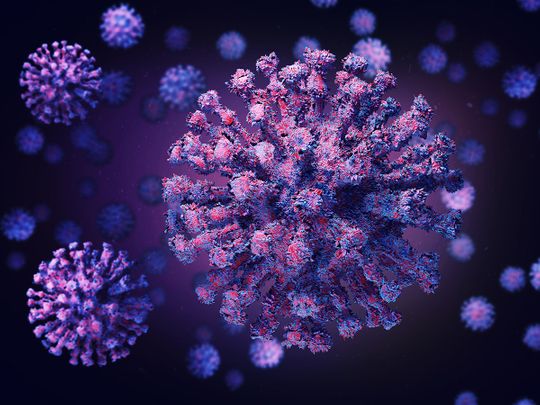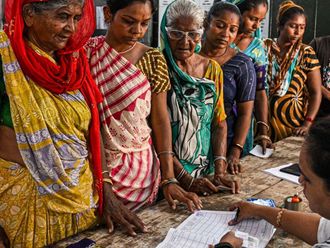
The warning issued by World Health Organisation’s chief scientist Soumya Swaminathan early this week that Coronavirus mutant B.1.617 found in India appears to be dodging vaccines must be taken seriously by the international community. On Wednesday, the WHO said this mutant has been detected in 4,500 samples uploaded to an open-access website from 44 countries. In recent weeks, several countries, including Australia, Indonesia and Malaysia have detected the same mutant.
The warnings show that the mutant, now classified by the WHO as a variant of concern, is spreading wider and faster than previously thought despite flying bans imposed on travellers from India. India’s immediate neighbours have also shut borders, a move driven by concerns that the mutant can lead to a surge in cases. Still, Nepal is reporting a big jump in new infections and mortalities. So far, the Indian government has not commented on the efficacy of vaccines on the mutant but independent experts have raised concerns that it is more virulent, spreads faster and infected persons develop complications in a matter of days.
The international community must coordinate with Indian government and virologists to study the mutant and see if the existing vaccines are effective and find out if the surge in cases in India is linked to the mutant. India on Thursday increased the gap between two doses for one vaccine from 12 to 16 weeks. Earlier, the second dose was given after a gap of eight weeks and the Indian government had said increasing it further would reduce the efficacy of the vaccine.
It is not immediately clear if the revised dosage guidelines are driven by science or due to capacity constraints. Several states are reporting vaccine shortages after the federal government decided to expand the programme to include the 18 to 45 age group. Given the speed at which the mutant is spreading and killing people in India, it is important to study the effectiveness of vaccines and, would the revised dosage guideline in anyway impact vaccines’ ability to immunise people. Only a comprehensive genome study can answer these questions and help develop a response to the mutant. A German team recently reported that the B.1.617 mutant is better at entering intestinal and lung tissues. In the absence of limited genome data, the mutant has been tested on hamsters, which showed higher degree of inflammation in lungs, evidence that must be taken seriously. Also, researchers in New Delhi studied some vaccinated health workers who caught the virus and all of them had the same mutant. Therefore, the WHO must urgently coordinate with governments and carry out field studies in India.








